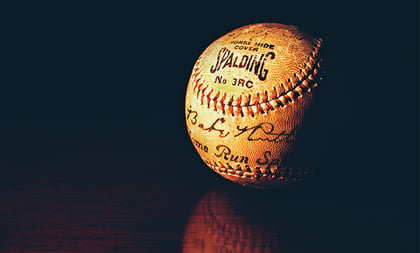The enduring popularity of the PBS television series Antiques Roadshow probably rests on the thrill of its “reveals.” A typical reveal has one of the show’s expert appraisers informing a guest that their old painting or ancient desk bought for $5 at a garage sale is actually a rare piece worth $50,000.
Reveals can involve almost any interesting item, but those that seem to trigger the most joy — perhaps because they evoke pleasant childhood memories — involve rare baseball cards, autographed photos of past football greats and other sports memorabilia items. The value of these collectibles varies considerably, but some collections can be worth several million dollars depending on their rarity, desirability, condition, provenance and authenticity, as well as the historical importance of the player, team or event connected with the items.
If advisors learn that their clients collect sports memorabilia, providing those clients assistance in assessing item values and protecting their collections can be a valuable service. Toward that end, advisors may find the following information helpful and worth sharing with clients.
Determining What’s Valuable And What’s Not
As baseball is America’s national pastime, it’s probably not surprising that baseball memorabilia typically have the highest values. Used gloves, bats, uniforms, signed balls, trophies and jewelry — and, of course, select baseball cards — are probably the most valuable items, particularly when they are one-of-a-kind pieces that represent a particular historical moment or, in the case of baseball cards, are of top players, rare and in spectacular condition.
Whether a piece was used in a particular game or is signed can make a significant difference in its value. Vintage memorabilia associated with Hall of Fame players is always sought after, and the older and more historically significant the items are, the higher their value. But memorabilia doesn’t have to be vintage to be rare; autographed items, including game-worn jerseys and balls used in historically significant games also are sought after by collectors.
Items connected to a favorite player who has died also tend to become expensive.
What To Look Out For And What Not To Collect









 October 29, 2019 at 09:00 AM
October 29, 2019 at 09:00 AM









